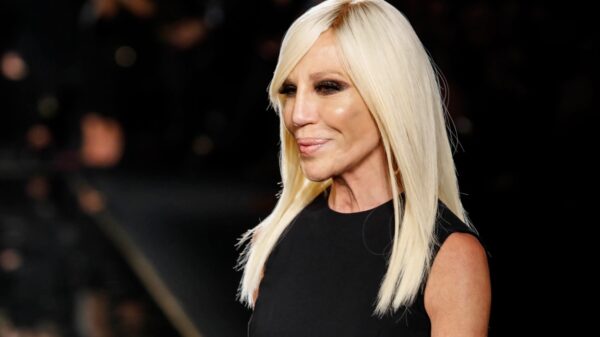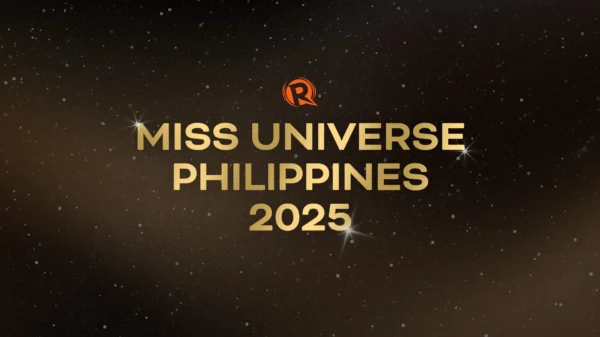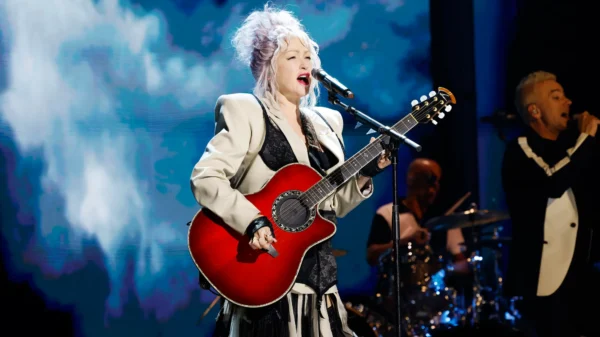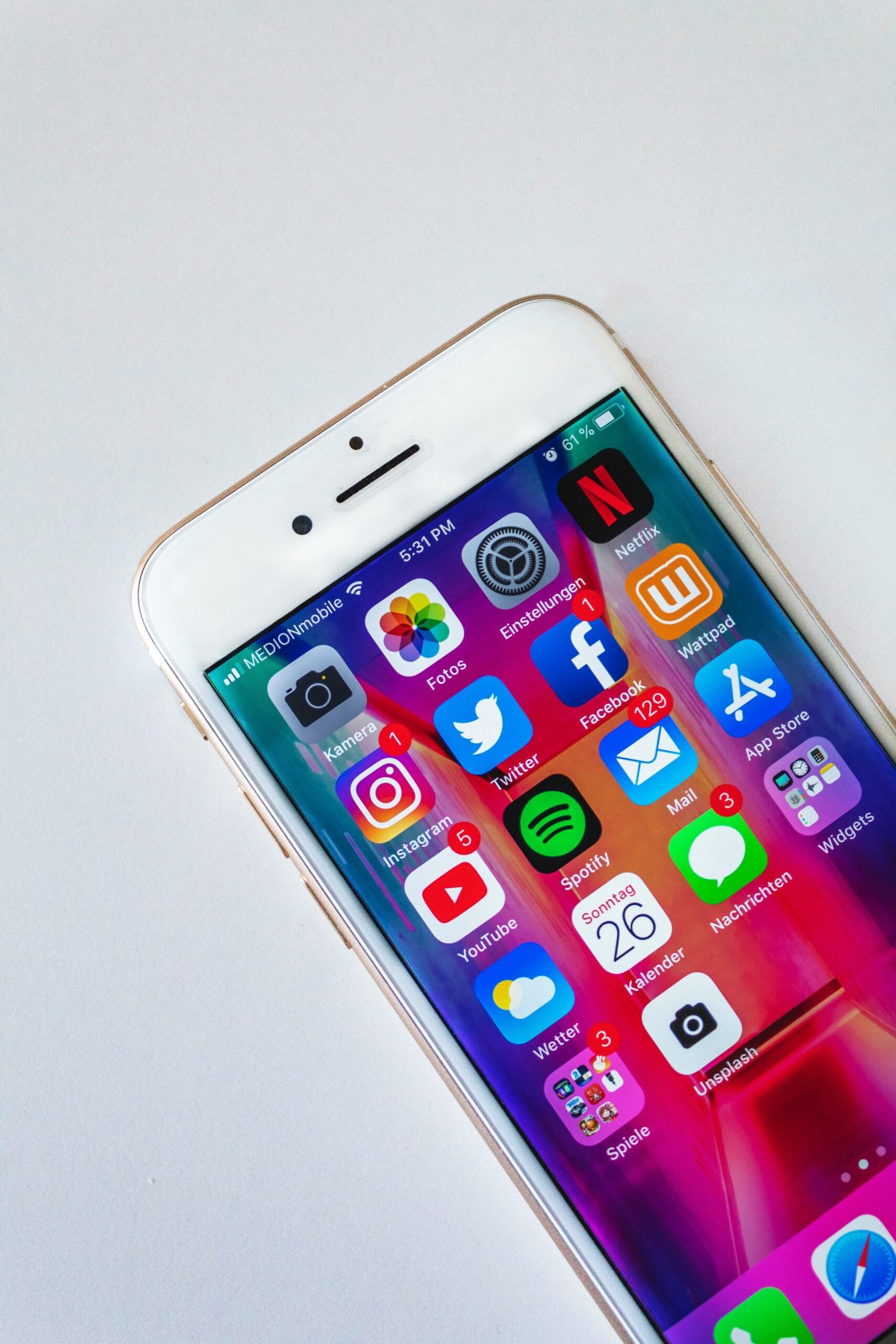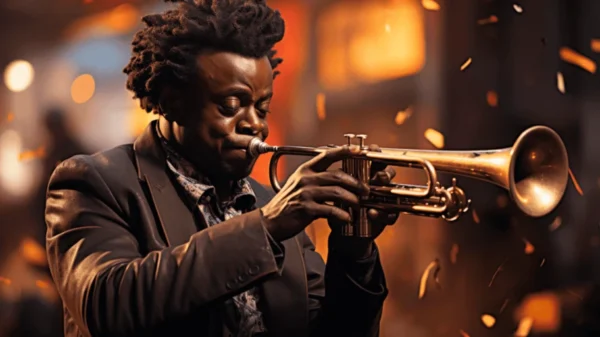In today’s digital age, social media has become an integral part of our lives. It has revolutionized the way we communicate, share information, and even entertain ourselves. One of the most fascinating aspects of social media is its ability to make content go viral. From funny videos to heartwarming stories, viral content has the power to capture our attention and spread like wildfire across the internet.
So, what exactly is viral content? It refers to any piece of content, be it a video, image, or article, that spreads rapidly and extensively through social media platforms. It is often shared, liked, and commented on by thousands, if not millions, of users. The allure of viral content lies in its ability to evoke emotions, whether it’s laughter, awe, or inspiration. It has the power to captivate and engage audiences on a massive scale.
The entertainment industry has fully embraced the potential of social media in promoting and distributing viral content. Movie trailers, music videos, and behind-the-scenes footage are just a few examples of how the entertainment industry uses social media platforms to generate buzz and create anticipation. By strategically releasing content on platforms like YouTube, Facebook, and Instagram, they can reach a wider audience and generate a buzz that can lead to box office success or chart-topping hits.
One of the key factors that contribute to the virality of content is its shareability. Social media platforms make it incredibly easy for users to share content with their friends and followers. With just a click of a button, users can repost, retweet, or share content on their own profiles, exposing it to their network. This creates a ripple effect, as their friends and followers may also share the content, leading to a snowball effect of shares and engagement.
Another important element of viral content is its ability to evoke strong emotions. Whether it’s a heartwarming story, a hilarious prank, or a jaw-dropping stunt, content that elicits an emotional response is more likely to be shared and go viral. People are naturally drawn to content that makes them feel something, and they are more likely to share it with others who they think will have a similar reaction.
Timing also plays a crucial role in the virality of content. Social media moves at a rapid pace, and trends can come and go in a matter of hours. To maximize the chances of content going viral, it needs to be timely and relevant. Capitalizing on current events, pop culture moments, or trending topics can significantly increase the chances of content being shared and gaining traction.
In recent years, social media platforms like TikTok have emerged as hotbeds for viral content. With its short-form video format and easy-to-use editing tools, TikTok has become a breeding ground for viral challenges, dances, and comedic skits. The platform’s algorithm also plays a significant role in the virality of content, as it promotes popular videos and creators to a wider audience.
While viral content can be a powerful tool for entertainment and marketing, it is important to note that not all viral content is created equal. Some content may go viral for all the wrong reasons, sparking controversy or backlash. It is crucial for creators and brands to be mindful of the content they produce and its potential impact on their reputation.
In conclusion, social media has revolutionized the way we consume and share entertainment content. Viral content has the power to captivate and engage audiences on a massive scale, thanks to its shareability, emotional appeal, and timeliness. Whether it’s a funny video, heartwarming story, or jaw-dropping stunt, viral content has become a driving force in the entertainment industry. As social media continues to evolve, we can expect to see even more innovative and captivating viral content capturing our attention and spreading across the internet.

